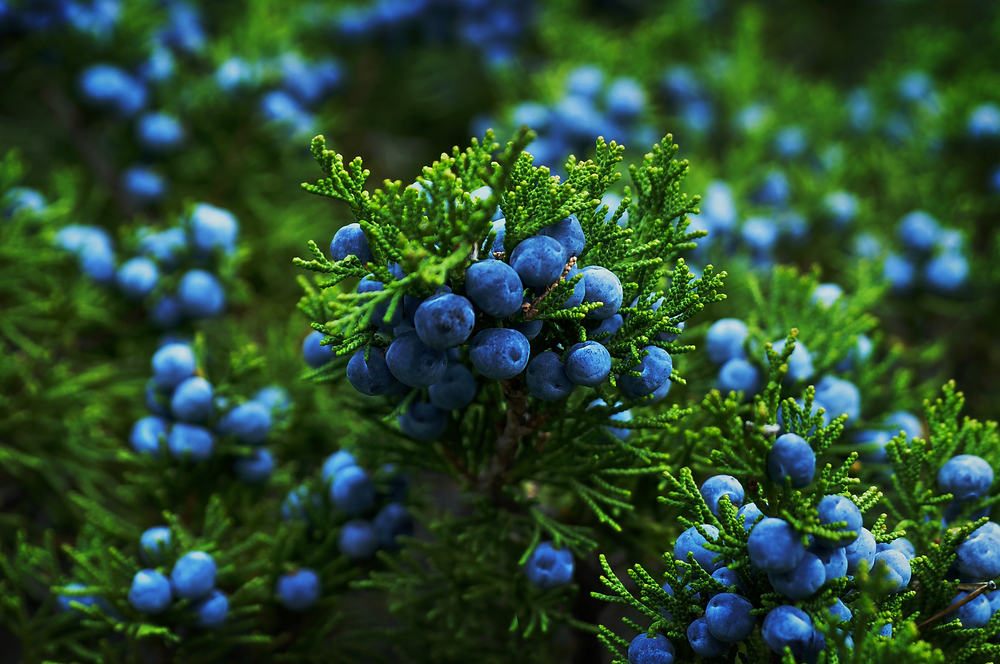
Healthy Alphabet: J is for…Four Foods that are Good for You
We are constantly bombarded with information about what we should and shouldn’t be eating which can become confusing.
Caymanrestaurants.com has decided to go for a simple approach and provide an alphabetical guide to some of the healthiest foods you can add to your diet.
We’ll be going from A-Z and listing up to five fruits and vegetables that are packed with minerals and vitamins while also providing nutritional facts on their health benefits.
We’ve looked at A-I. Let’s check out J.
Jackfruit

Jackfruit is native to southern India and has grown in popularity recently as people switch to plant-based diets and eat less meat.
Jackfruit is known as a versatile fruit because its texture and taste changes as it matures. When the jackfruit is young it has a subtle flavour that absorbs seasoning and spices and the flesh has a meaty texture. As it gets older the fruit gets sweeter and tastes like a cross between pineapple and banana.
One jackfruit tree can produce up to 200 jackfruits a year, and each jackfruit can weigh up to 100 pounds. Jackfruit can be eaten raw or cooked, is high in fibre and low in calories.
Nutrition facts (100 grams):
– 95 calories
– 1.6 grams of dietary fibre (6% of daily value (DV))
– 6.7 milligrams (mg) of vitamin C (11% DV)
– 0.1 mg of vitamin B6 (5% DV)
– 303 mg of potassium (9% DV)
– 37 mg of magnesium (9% DV)
– 34 mg of calcium (3% DV)
– 1.5 grams of protein (3% DV).
Jasmine Rice

Jasmine rice is native to Thailand. It is a long grain rice that is rounder and starchier than most others which also makes it stickier.
Like most types of rice, Jasmine Rice is low in fat and a good source of iron.
Nutritionists recommend brown Jasmine rice, rather than white, because of its higher concentration of fibre. Although the white version is virtually fat-free but the brown version has around one gram of fat.
Nutrition facts (1 cup of white jasmine rice):
– 205 calories
– 0.4 grams of fat (1% DV)
– 45 grams of carbohydrates (15% DV)
– 0.6 g of dietary fibre (3% DV)
– 1.6 mg of sodium (0% DV)
– 12 mg of calcium (1.2% DV)
– 4.3 grams of protein
– 1.98 mg of iron (11% DV).
Jerusalem Artichoke

Despite its name the Jerusalem artichoke is not from Jerusalem and it’s also not an artichoke, in fact it is a member of the sunflower family.
The vegetable has a lumpy, brown-skinned exterior that resembles a ginger root. Its flesh is white and has a crunchy texture with a sweet, nutty taste like a water chestnut.
Jerusalem artichokes can be roasted, sautéed, dipped in batter and fried, or puréed to make soup. They are a good source of iron and vitamin C.
Nutrition facts (100 grams):
– 73 calories
– 1.6 grams of dietary fibre (6% DV)
– 4.0 mg of vitamin C (7% DV)
– 0.2 mg of thiamin (13% DV)
– 3.4 mg of iron (19% DV)
– 429 mg of potassium (12% DV)
– 2 grams of protein (4% DV)
– 13 micrograms (mcg) of folate (3% DV).
Juniper Berries

Juniper berries aren’t really a berry at all, but rather female seeds or cones that grow from juniper trees.
Often used as a bitter spice, and to give gin its distinctive flavour, juniper berries can be eaten fresh, dried, whole, grounded, raw or cooked.
Traditionally, juniper berries have been used to ‘detoxify’ the body and are well known for their antioxidant and antibacterial properties which are said to aid digestion and reduce inflammation.
Juniper berries are not a commonly eaten food so there is limited nutritional information available for them.
Nutrition facts (100 grams):
– 4 grams of protein
– 16 grams of fat
– 33 grams of carbohydrates
– 0 mg of sodium
Watch out for the rest of the healthy food alphabet in this series to be published on Find Yello, and click to take a look at the previous A, B, C, D, E, F, G, H and I articles.
Sources: The Food Coach / The Jackfruit Company / Nutrition Data / Nutrition Value / Livestrong / Nutritionix / BBC Good Food – Jerusalem Artichoke / BBC Good Food – Jackfruit / Dr Axe / Super Foodly
By Karen Rollins
Karen is the senior writer for Yello Media Group of which Caymanrestaurants.com is a subsidiary, and this article originally published on Findyello.com in 2020.
